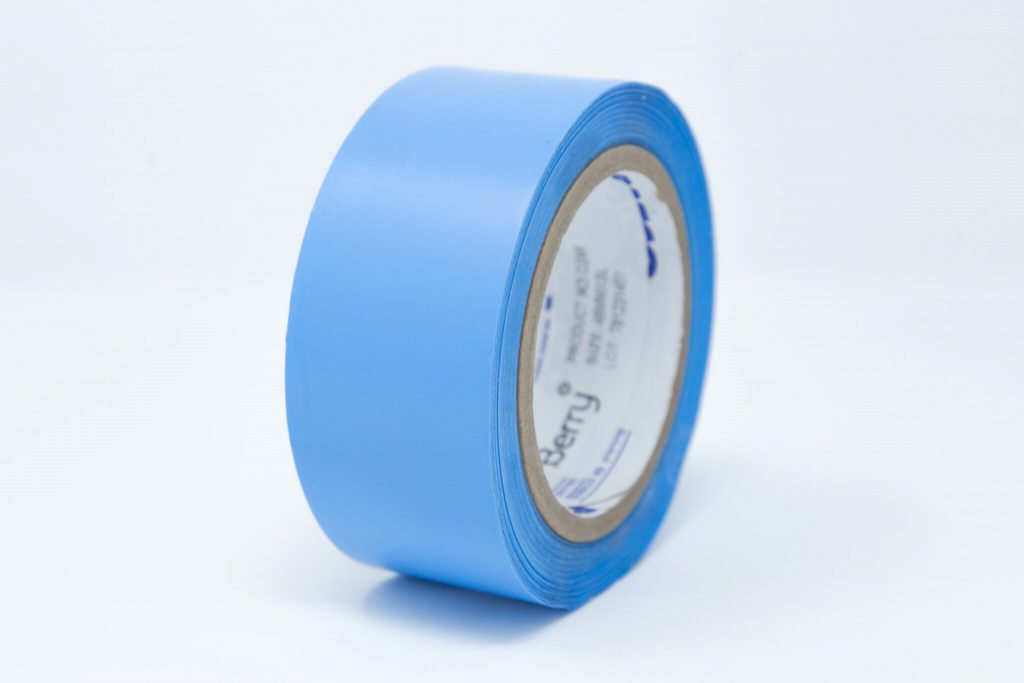The first generation of wide-body transports was equipped with tape DFDR capability. While the capacity was adequate for these early aircraft, it was soon eclipsed by the advent of digital avionics. Nevertheless, the tape’s high DFDR capacity effectively backed up data in wide-body transports, such as commercial and military aircraft.
Temperature limit
The temperature limit for aerospace tape is essential for a variety of reasons. High-temperature tapes must pass stringent standards, including flammability and lightweight, which are necessary for aircraft fuel consumption targets. High-temperature videos are also helpful for bonding, vibration dampening, and part masking applications. They should have good resistance to chemicals and perform well in extreme temperatures.
There are many types of aerospace tape.
EMI
There is a high demand for aerospace tape in the aviation industry. The need for fuel-efficient and lightweight aircraft has grown due to a combination of factors, including increased commercial aircraft sales, the rise of low-cost airlines,, and the emergence of new aircraft manufacturers in the Asia-Pacific. However, decreased defense spending in developed economies inhibits the market’s growth.
As an essential component of aerospace aircraft, aerospace tapes are used for many purposes. These include composite bonding, paint masking, flame spray, and surface protection. In addition, because they are so versatile, aerospace tapes are crucial to several aircraft maintenance activities.
Recording capacity
The aerospace tape market is expected to grow at a moderate compound annual growth rate of 6.0% from 2022 to 2027. The increasing demand for lightweight and fuel-efficient aircraft drives growth in this market. In addition, the growing population and increasing commercial aviation use drive demand for these tapes. However, reduced military spending in developed economies is inhibiting growth.
Today’s tape recorders have larger surface areas for recording; some can hold up to 15 TB of data. That is much more than the most extensive hard drives on the market and takes up the same amount of space.
Functionality
Aerospace tapes are used for a variety of applications. For example, they can bond dissimilar materials and provide insulation and dampening properties. In addition, they are lightweight and robust enough to withstand harsh environments in the aerospace industry. For example, they can withstand high temperatures and resist exposure to harsh chemicals. Aerospace tapes have numerous benefits that make them indispensable to commercial aviation. For example, they make composite molding much more accessible, provide ideal surfaces, and increase protection and durability. These benefits extend the aircraft’s life cycle and help save money on maintenance. Moreover, these tapes meet the most stringent performance criteria.
COVID-19
The Aerospace Tape market report provides key statistics about the industry, including market size, growth rate, and competitive outlook. It also includes a detailed analysis of key market players. Furthermore, the report highlights recent technological developments, regional perspectives, the competitive landscape, and investment return analysis. In addition, it presents an analysis of the potential for new players in the market and includes recommendations for new entrants. In addition, it analyzes the market size and growth prospects for different types of products. The global aerospace tape market is expected to grow at a CAGR of 8.8% during the forecast period, owing to the increasing demand for high-performance materials. In addition, carbon fiber tape is considered a clean energy technology, and researchers are developing an advanced recycling process that can maintain fiber length and load-related fiber orientation. Furthermore, the government’s initiative to reduce carbon emissions is expected to impact the market positively.
Application
The aerospace industry requires pressure-sensitive adhesive tapes with high holding power, excellent flammability, and temperature resistance. It must also be lightweight to meet fuel-efficient aircraft target goals. These tapes are used in bonding, part masking, and sound and vibration dampening. In addition, they can withstand harsh conditions, such as high pressures, chemicals, and vibrations.
Commercial aviation is the most popular end-use market for aerospace tapes. Its demand is expected to increase in the coming years, especially in developing countries where the standard of living is improving. This will increase the number of travelers and the amount of air travel. While regional jet demand is expected to lag, wide-body aircraft deliveries will continue to drive market growth.
